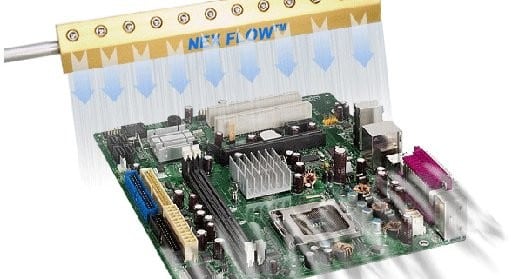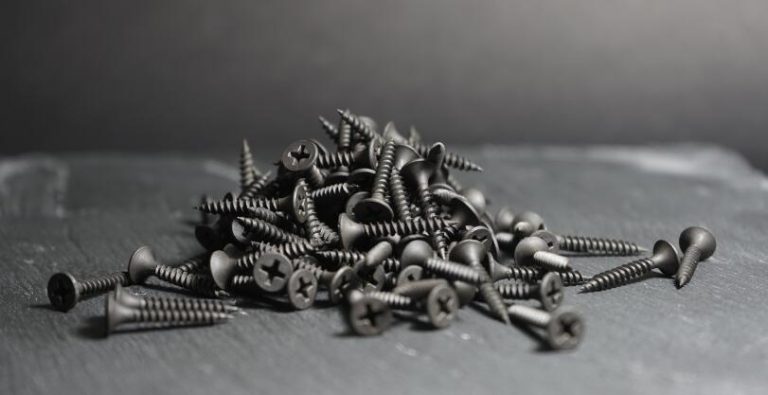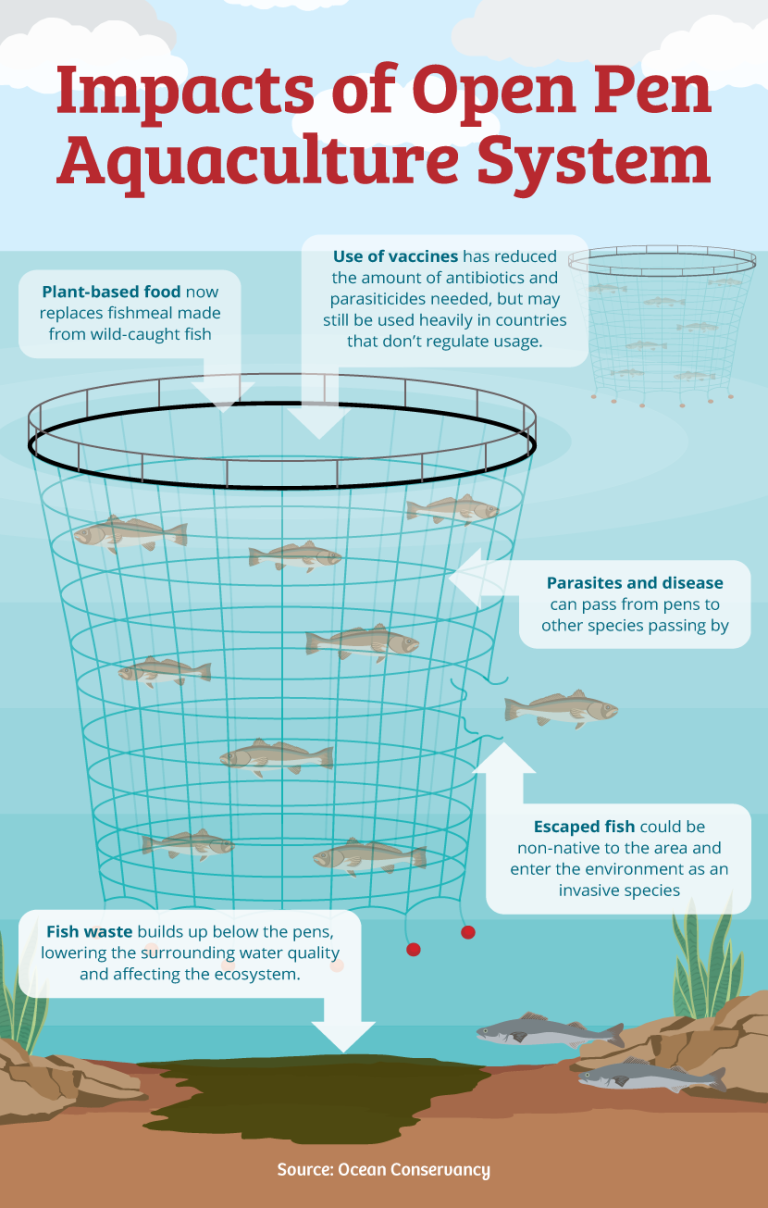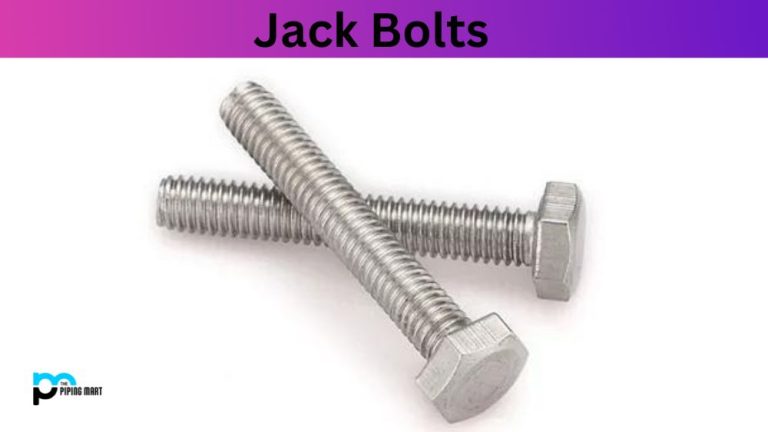Compressed Air Knife Best Angel

There are two angles to consider when utilizing a compressed air-operated air knife – the impingement and sweep angles.
The impingement angle is the angle of the air knife when aimed at a target that is being dried or cleaned. This depends on various factors. If the target is flat and slow-moving, and the air knife is very close (under 6 inches or 150 mm), the angle can typically be between 3 to 5 degrees against the flow direction. If the target is flat and moving faster, the angle may need to be increased.
It can also depend on the nature of the material being removed and the surface tension of the material surface holding the material that needs to be removed. If the air knife is further away, the impingement angle may need to be increased. As you move away, the airflow from the air knife will start to fan out more, reducing the point force and spreading the impingement force over a wider area.
An air knife is typically placed 4 inches to 12 inches from the target. If the material is heavy oil versus light water, for example, you should be closer to address the more difficult to remove oil. If the air knife is used for cooling, it is usually placed further away for a more extensive area cooling effect.
The sweep angle is how to orient the air knife to address the entire part. For example, in the video, we use a cylindrical product, such as a bottle that needs to be dried.
In this case, the air knife is oriented at an angle so that as the bottle moves passed the air knife, the air knife blows onto the cylindrical surface with the air touching the top of the bottle first. As the bottle continues past the air knife, the air contact point moves down the bottle. This removes the liquid from the bottle but pushes the liquid down and off the bottle.
This sweep angle can be anywhere from 30 to 45 degrees, depending on the speed the product moves past the air knife. In these bottle drying applications, one air knife is used commonly per side as the bottle may also rotate along the conveying system.










